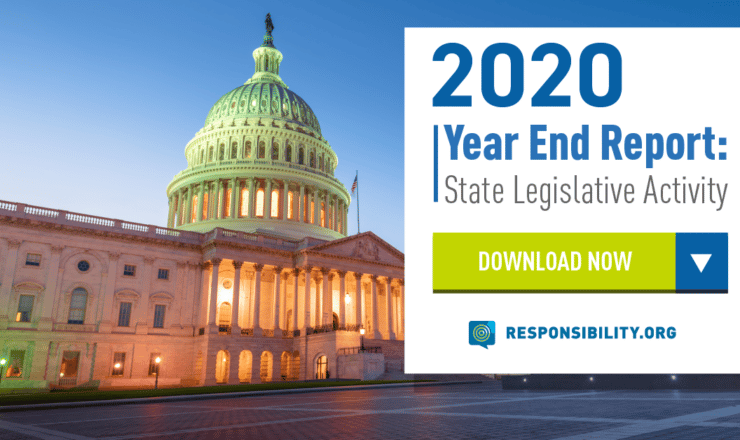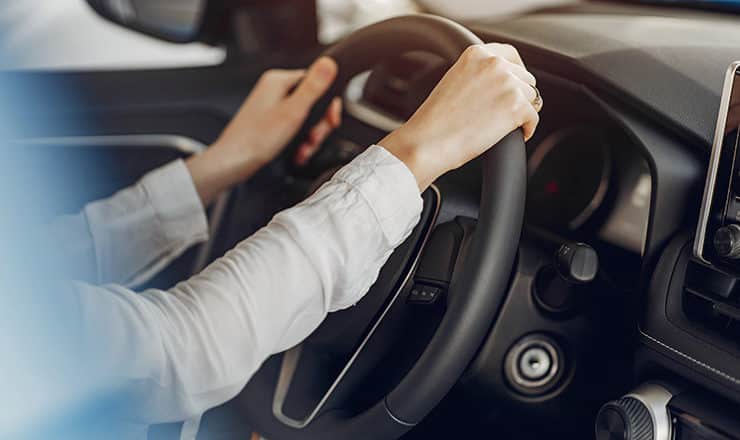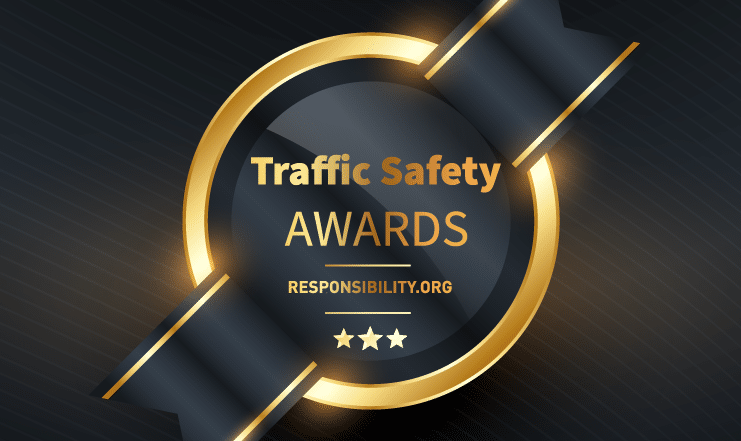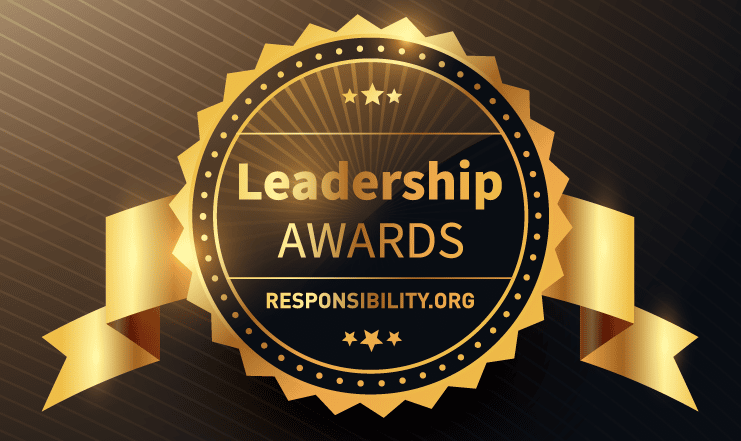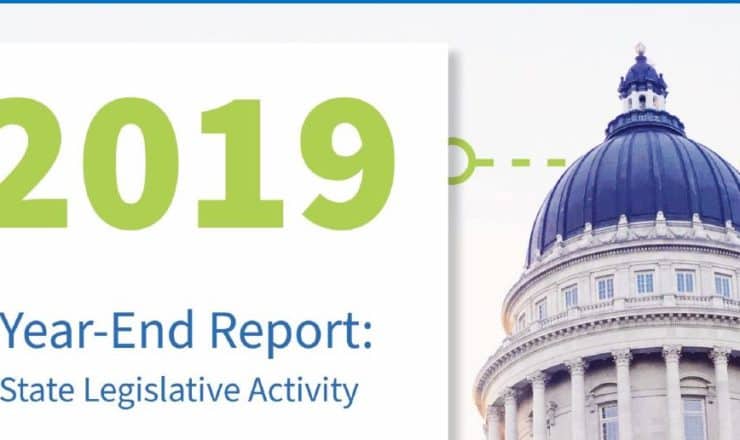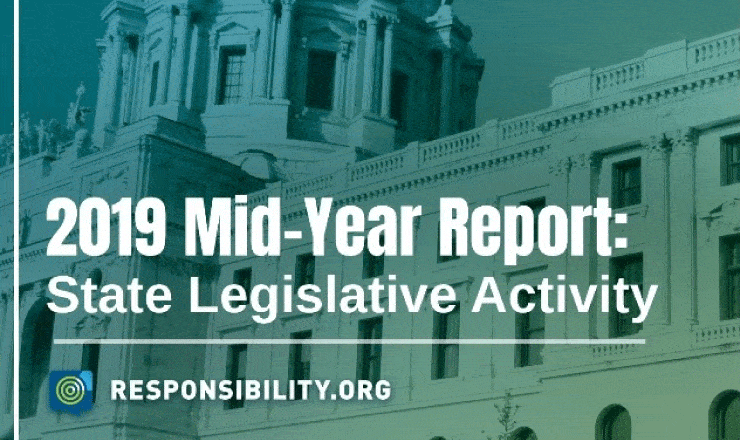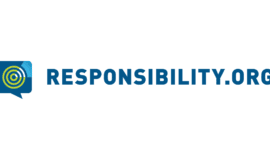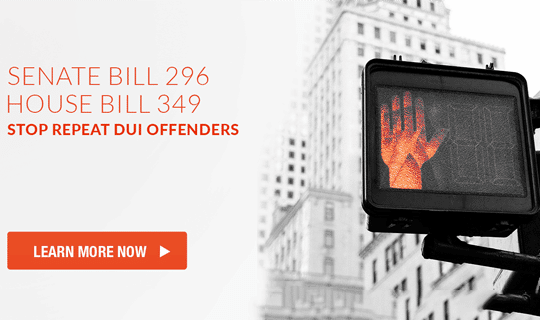Precious Cargo
Have you ever worried about your child riding with an impaired driver? Have you ever driven impaired by alcohol, drugs (legal, prescription or illegal) or a combination of substances with children in the car? It’s Child Passenger Safety Week, which is a good time to focus on the fact that driving impaired with a child in the car is DUI child endangerment. It may surprise you to learn that it happens a lot.
While working at Mothers Against Drunk Driving (MADD) in the early 1990s, I would often field calls from people whose ex-spouses were driving drunk with their children in the car. They wanted help but there wasn’t anything we could do without a provision in the custody agreement to prohibit impaired driving.
In 2009, Diane Schuler, after consuming alcohol and marijuana, drove the wrong way on New York’s Taconic Parkway and caused a crash that killed her and seven others including her daughter and nieces. Just a few months later, Leandra Rosado was killed in a crash on the Hudson Parkway. The driver was the mother of one of her friends. Her blood alcohol concentration (BAC) was .13.
The response from New York legislators was the passage of Leandra’s Law, which made it a felony to drive drunk with a child under the age of 16 in the vehicle. Since the law took effect in December 2009, 7,605 people have been arrested for this crime.
Unfortunately, this is a problem that persists today. In 2016, 214 children died in drunk driving crashes (NHTSA 2018). In August, an article reported the Washington State Patrol has seen an increase in the number of people driving under the influence of alcohol or drugs with a child in the vehicle. The rise in drugged driving is a major concern. Many drugs, including prescription drugs, have an impairing effect on a person’s ability to drive. When alcohol is added to the mix, the risk escalates significantly.
Currently 47 states have enhanced penalties for DUI child endangerment. The laws vary, and unfortunately, research reveals that these laws by themselves have not been effective in reducing child fatalities (Thomas et al., 2014). In fact, this trend has persisted despite vehicle improvements, child restraint improvements, and the enactment of traffic safety laws and policies (Kelley-Baker and Romano, 2015). Responsibility.org supports the passage of DUI child endangerment laws that increase penalties for offenders that endanger the lives of children. The decision to drive impaired with a child in the vehicle is especially reckless, and, as such, these offenders should not be eligible for plea bargaining (i.e., charge reduction) or diversion. Our policy position on this issue can be found here.
Children are incapable of protecting themselves from riding in a car with a drunk driver. So how do we ensure children are better protected? Improved coordination in the criminal justice system would help. Child Protective Services needs to be actively involved. Sentences for these convicted offenders must include screening and assessment for substance use disorders AND mental health disorders and treatment, if needed. Responsibility.org funded the development of such a tool (CARS) which is available for free.
Most of all, adults must take responsibility for protecting the children in their vehicle who are incapable of protecting themselves when their driver is impaired by alcohol or drugs. It is unacceptable to put anyone, but especially a child, in danger.

